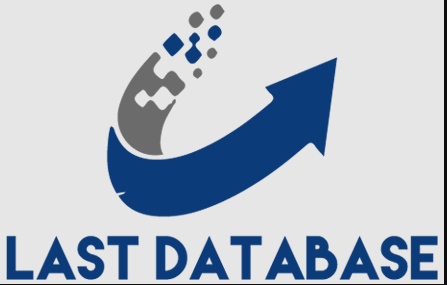Special databases are essential tools for businesses and organizations that need to manage and organize large amounts of data. A well-designed database can help streamline operations, improve decision-making, and ultimately lead to better outcomes for the organization. However, not all ideas for special databases are equally effective. In this article, we will explore the most and least effective ideas in special database design.
Most Effective Ideas
- Understanding the purpose of the database: A clear understanding of the purpose of the database is critical in designing an effective database. Knowing the purpose helps to identify the data that needs to be stored, the relationships between different types of data, and the business rules that govern the data.
- Normalization: Normalization is a process that helps to reduce data redundancy and improve data integrity. This process involves breaking down data into smaller, more manageable pieces and organizing them into tables. Normalization can help improve database performance, reduce storage requirements, and improve data quality.
- Data security: Security is a critical Database consideration in database design. Appropriate security measures should be implemented to protect the database from unauthorized access, data theft, and data corruption. Security measures should include access control, encryption, and backup and recovery procedures.
- User interface design: The user interface is the part of the database that users interact with. A well-designed user interface can help to improve user adoption, increase productivity, and reduce user errors. The user interface should be intuitive, easy to use, and visually appealing.
- Scalability: A good database design should be scalable. Scalability refers to the ability of the database to handle an increasing amount of data or users. A scalable database should be able to accommodate growth without sacrificing performance or reliability.
Least Effective Ideas
- Overcomplicating the design: Overcomplicating the database design can make it difficult to maintain and update the database. A complex design can also increase the likelihood of errors and decrease performance.
- Lack of documentation: Documentation is critical in database design. It helps to ensure that the database can be easily maintained and updated. A lack of documentation can lead to confusion and errors when making changes to the database.
- Lack of testing: Testing is critical in ensuring that the database functions as intended. A lack of testing can lead to errors, data loss, and decreased performance.
- Ignoring data privacy: Data privacy is a critical consideration in database design. Ignoring data privacy can lead to data breaches, legal and regulatory issues, and damage to the organization’s reputation.
- Poor performance: A poorly performing database can have a significant impact on the organization’s operations. Poor performance can lead to slow response times, decreased productivity, and decreased customer satisfaction.
In conclusion, an effective special database design requires a clear understanding of the purpose of the database, normalization, data security, user interface TH Phone Numbers design, and scalability. On the other hand, overcomplicating the design, lack of documentation, lack of testing, ignoring data privacy, and poor performance are the least effective ideas in special database design. A well-designed special database can help an organization to manage and organize large amounts of data, streamline operations, improve decision-making, and ultimately lead to better outcomes for the organization.







